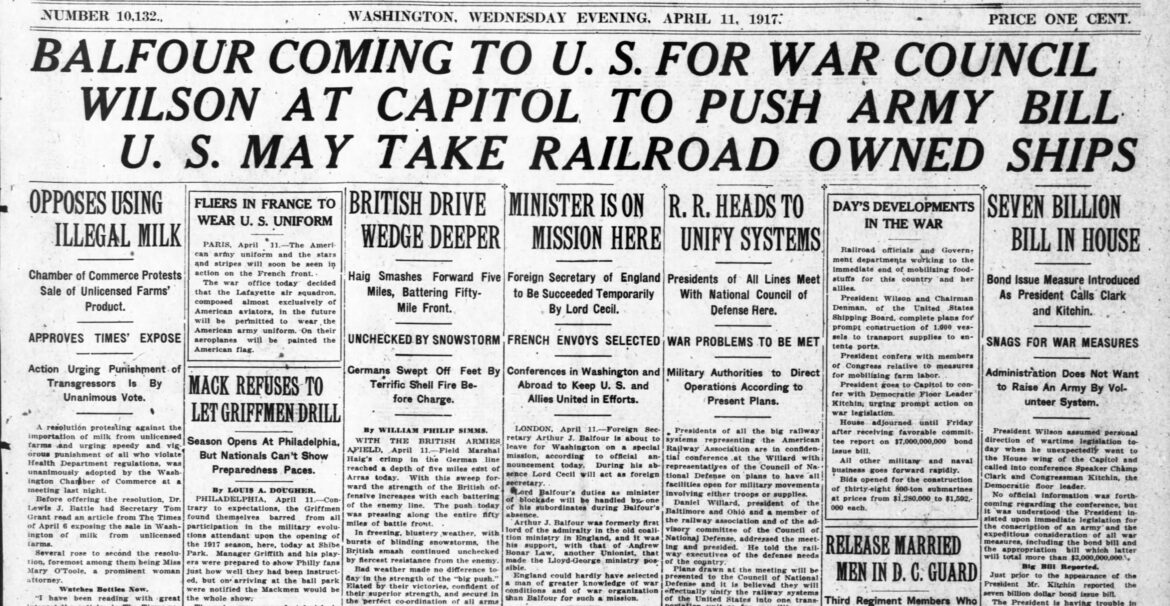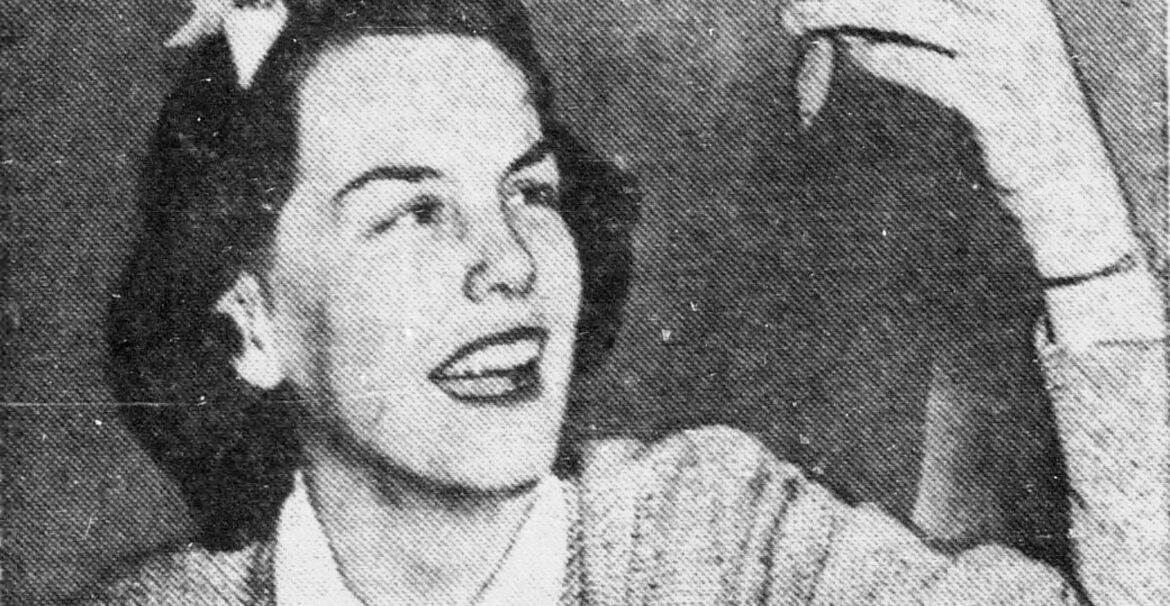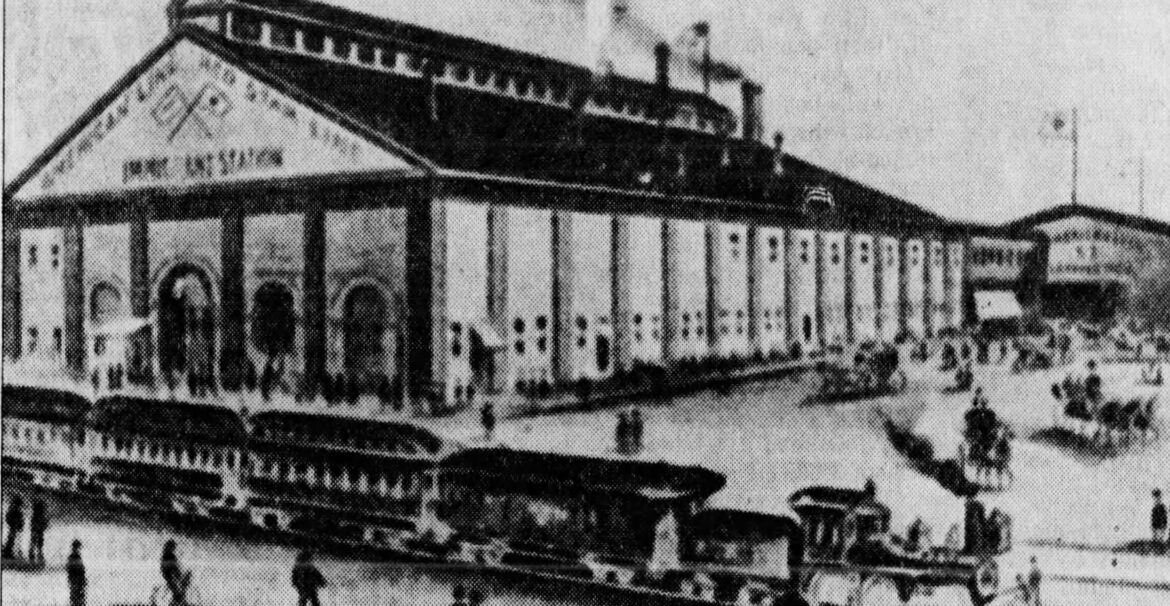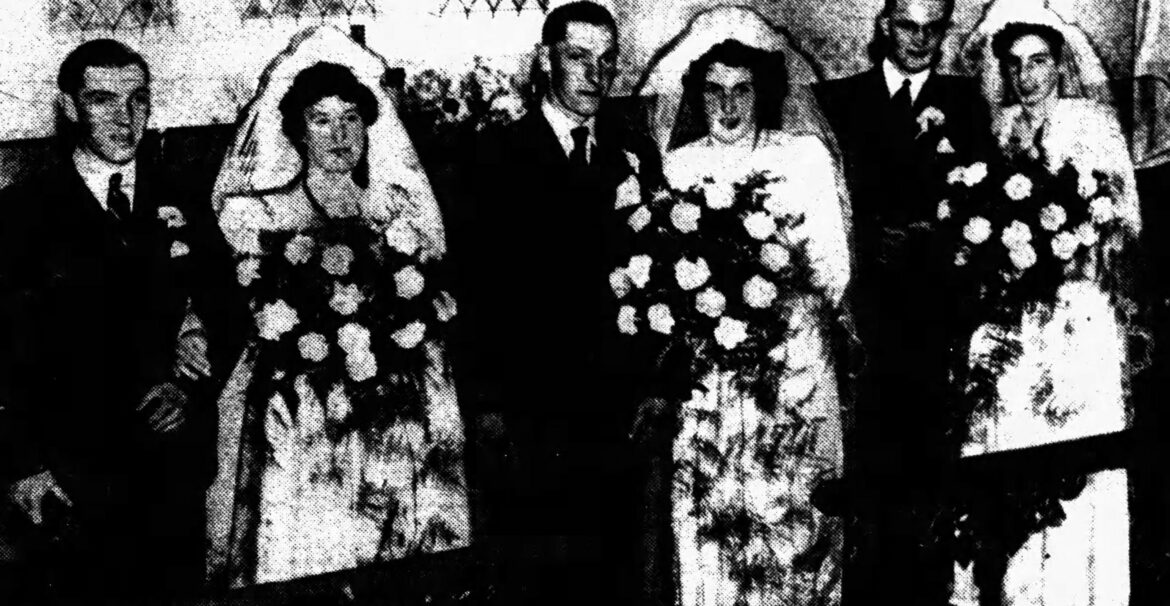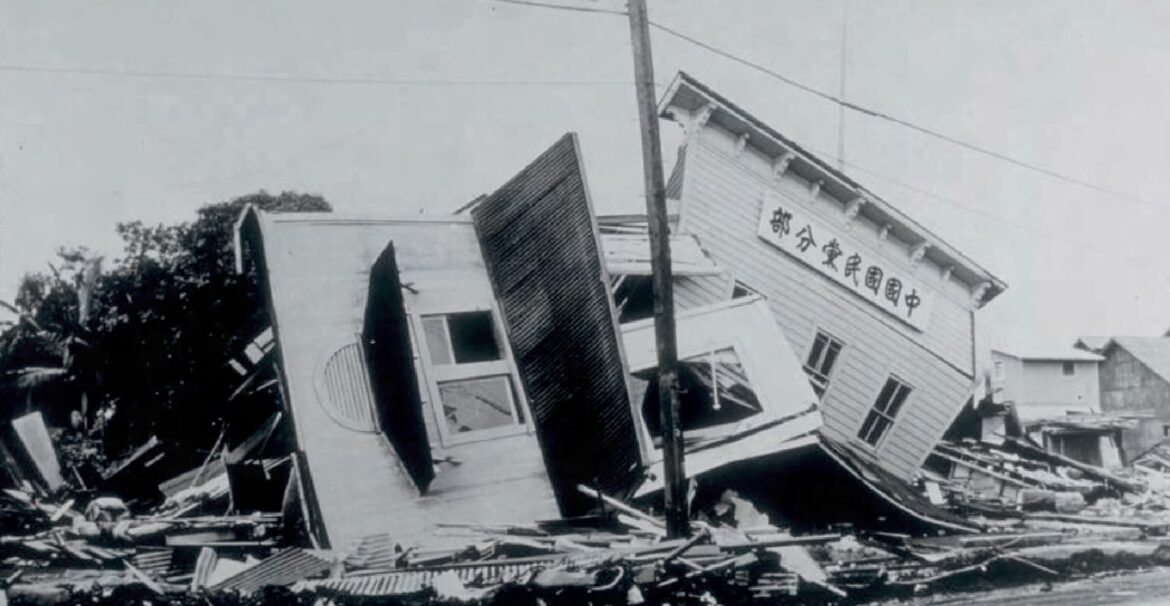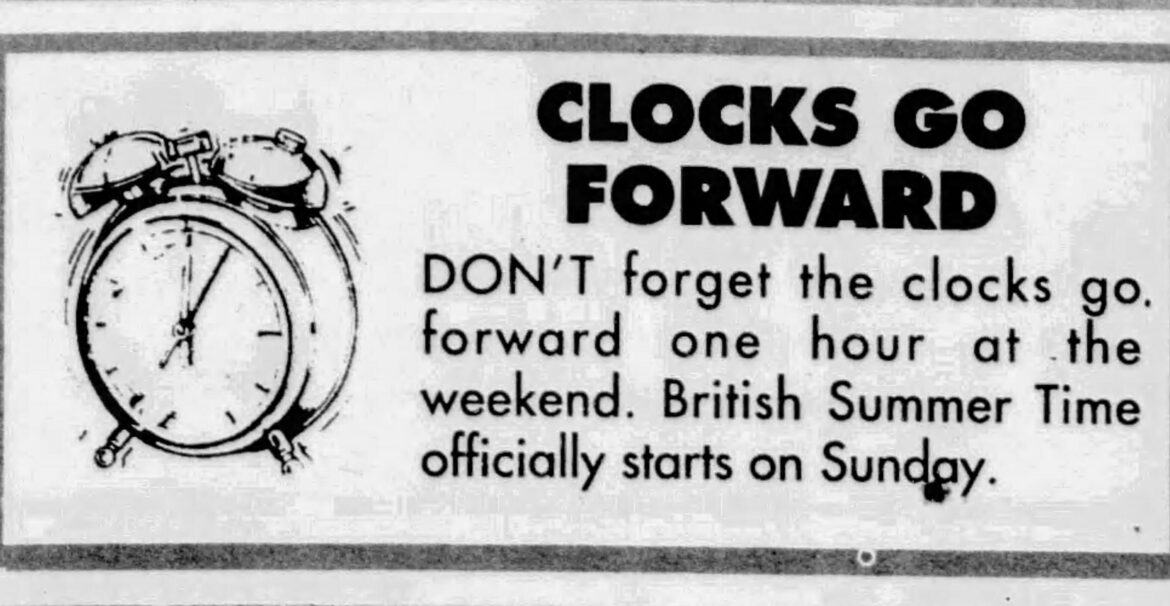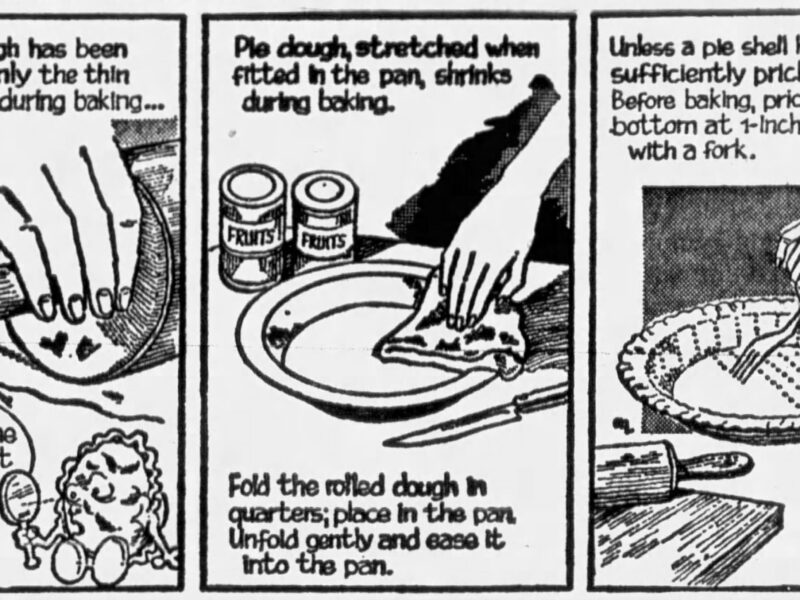Holiday pie season is upon us! And if you’ve ever made these delectable desserts, you know there’s a lot that can go awry—whether you’re an
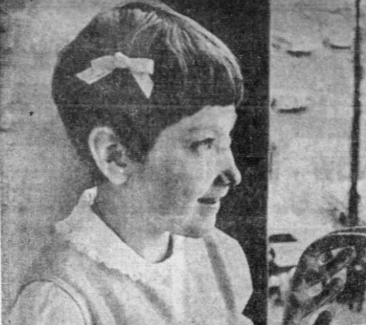
This is the story of little Maryrose Marlene Gaddy and her Thanksgiving miracle. Maryrose was born in Asheville, North Carolina, in 1960. She was diagnosed
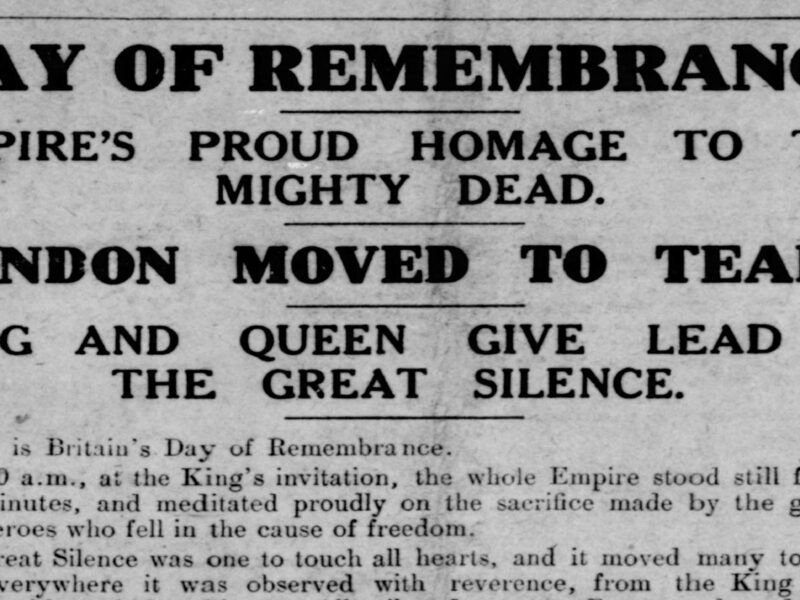
At 11 a.m. on 11 November 1918, Germany and the Allies signed an Armistice, ending the First World War and over four years of fighting

In part I of our blog, we learned about the ancient English ceremony of ‘landing the pie’, which was revived in 1923. But who was

On November 9, 1965, at 5:26 p.m. and during the height of rush hour, a power failure originating near Niagara Falls caused a catastrophic blackout
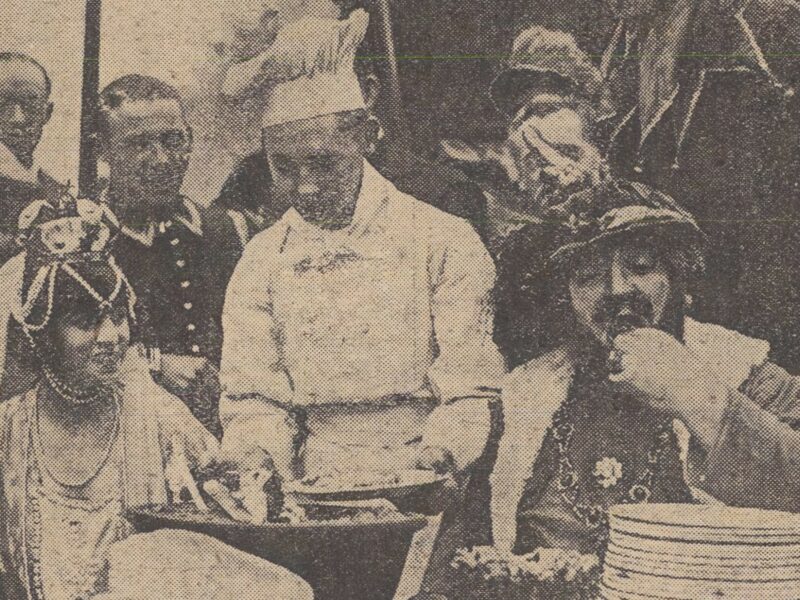
An ancient English ceremony forgotten for over a century was revived on an island in the River Thames in London in May 1923 with champion
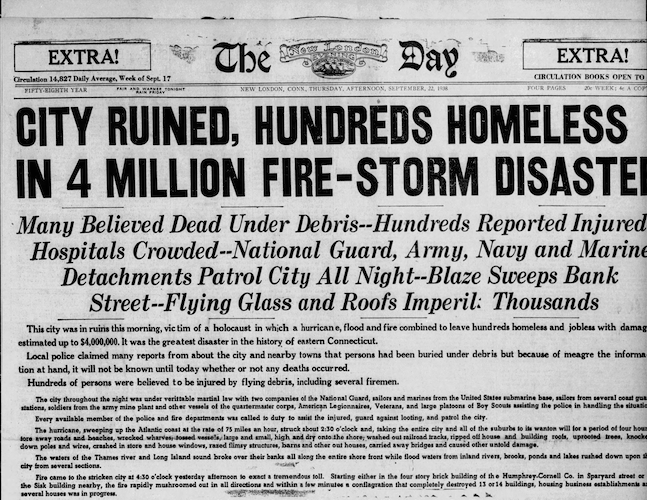
We are pleased to announce the addition of The Day from New London, CT, to our archives. The Day was founded in 1881 and has

In March 1876, Mrs. Christie of Vermont slipped on the ice and broke her hip. At least, that’s the diagnosis her doctor gave her. After
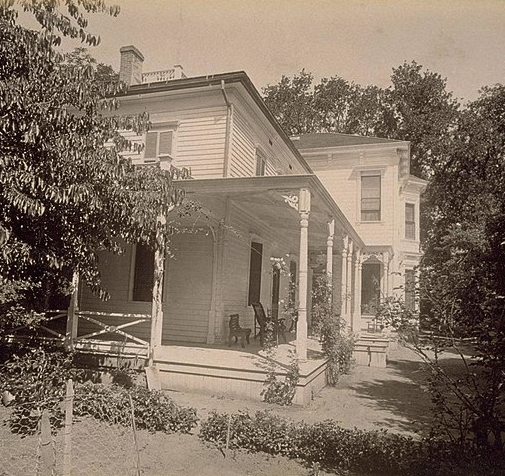
Did you know that newspaper articles about your ancestors often included addresses? Those addresses provide a puzzle piece that allows you to grow your family
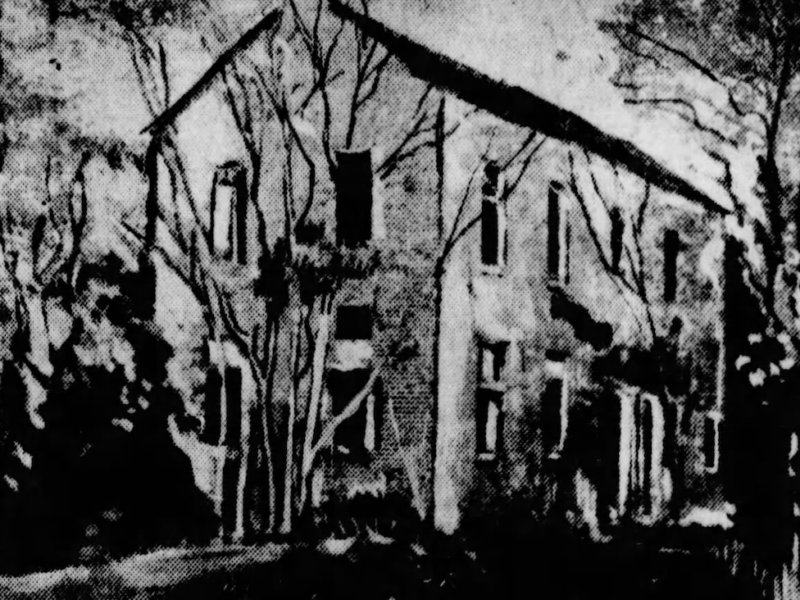
In 1861, a distraught mother had the body of her young son, a Civil War casualty, returned home to Jackson County, Indiana, for burial. Instead


